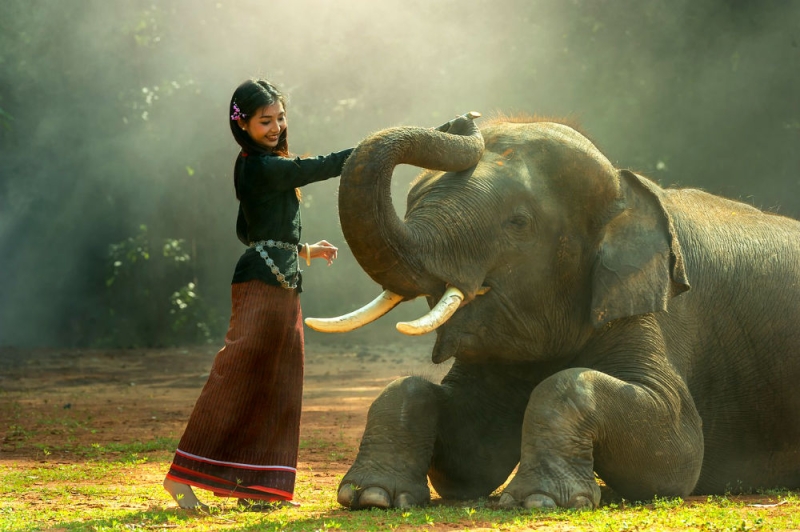
Thailand is not only about beaches, temples and huge Buddha statues. There are many more interesting places to visit and activities to try in this country. We offer seven ideas that will help you take a fresh look at your vacation in this country.
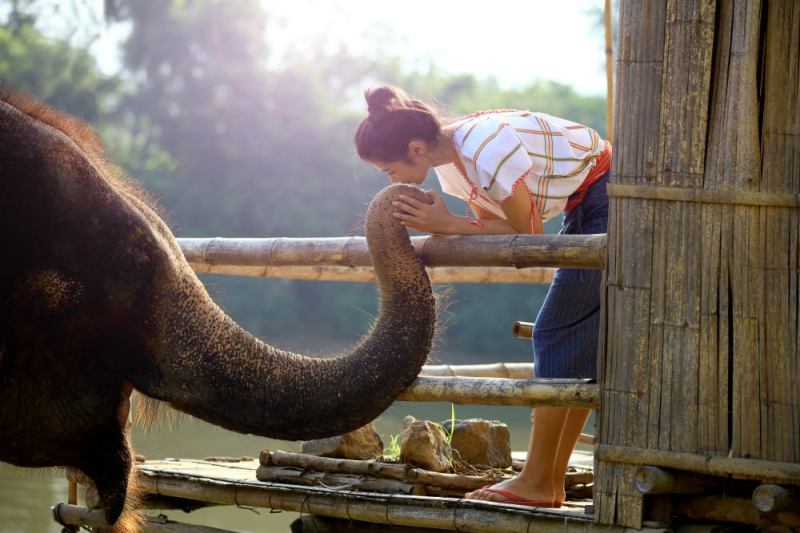
Take care of the elephants
In the province of Chiang Mai in northern Thailand, the Elephant Nature Park is located in the tropical jungle. Orphaned baby elephants, wounded and old elephants, which were disposed of by their owners, found refuge here. Park employees and volunteers care for the animals, treat and prepare the babies for life in the wild, and then release them into the so-called Elephant Harbor. There they live freely over a large area. The park advocates eco-tourism without keeping animals in captivity or using physical force on them (on regular excursions, elephants are often urged on by hitting them on the head with a stick or a sharp spear).
The Elephant Nature Park was created by local resident Lek Chailert. For this, she was included in the list of “Heroes of Asia 2005” by Time magazine, and documentaries were made about the park itself by National Geographic, BBC and Animal Planet.
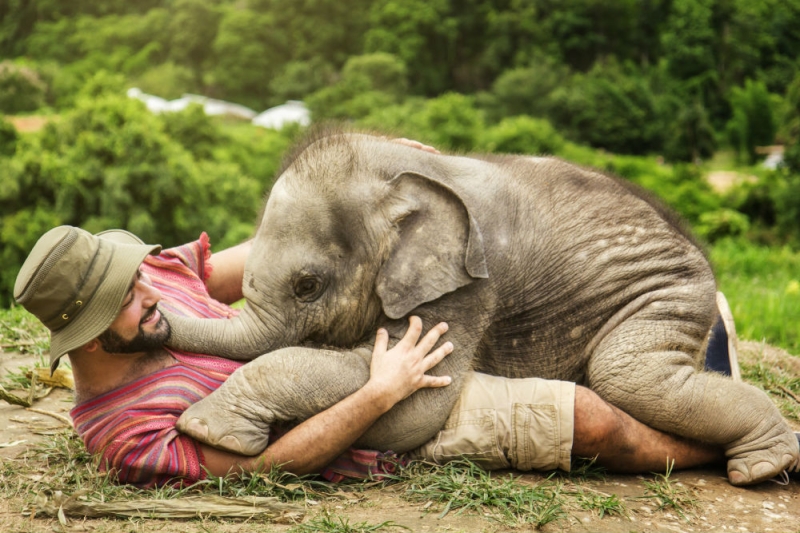
The park offers one- and two-day educational excursions and week-long volunteer programs. Having paid for a week from 12 to 15 thousand baht (1 baht = 1.7 rubles, the price depends on the program),
you will receive transfer from Chiang Mai and back, three vegetarian meals a day, accommodation in a park hotel or in a village hut, training and constant communication with elephants. But volunteering also means a lot of work. Together with the park staff, you will feed the animals, clean up after them, bathe them, and help with treatment. And at the end of the shift (that is, at the end of each week), a walk with elephants through the jungle to the top of the mountain is organized for volunteers.
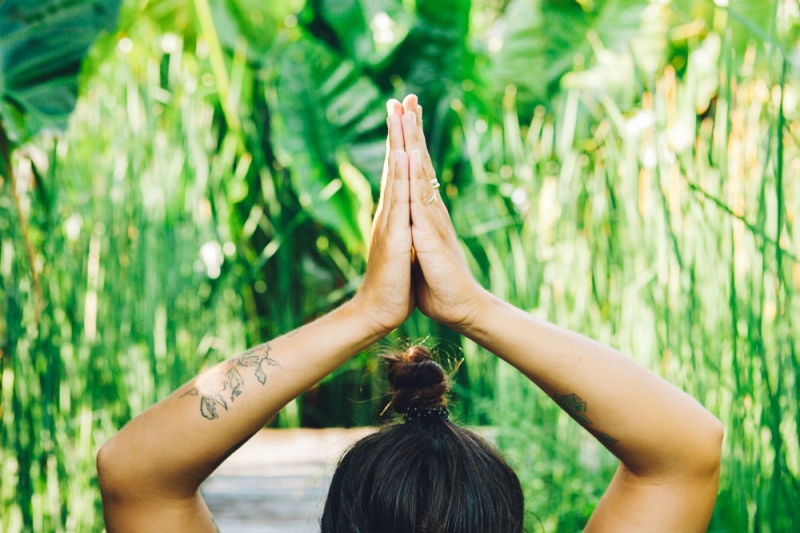
Live at a yoga center
Thailand is an ideal country to start practicing yoga or improve your level.
Many hotels offer yoga classes – and you can check in advance, when booking, whether such a service is available. But if you want to completely immerse yourself in the practice, you should stay at a specialized yoga center. They are especially popular on the islands: Koh Samui, Koh Phangan, Phuket, Ko Yao Noi, Ko Ngai, Malacca (peninsula),
as well as in the city of Chiang Mai and the village of Pai in the north of the country – these are favorite places for yoga practitioners and vegetarians.

As a rule, yoga in such places will take up most of your day – from 4 to 6 hours. Classes often take place on sites surrounded by nature or overlooking the sea or ocean. In addition, they offer healthy meals and a motivating environment.
When choosing a yoga center, pay attention to the qualifications of the teachers. They must have certificates and provide them at the first request of the client.
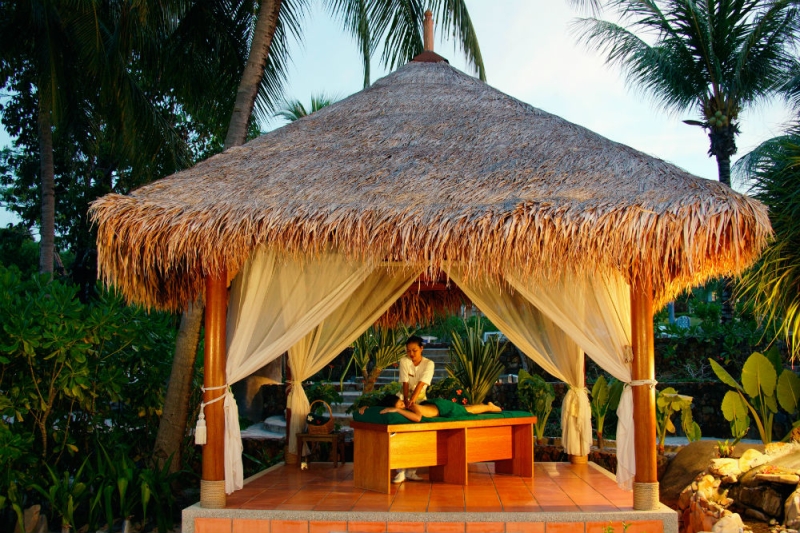
Take a Thai massage course
The capital of Thai massage is called a city in the north of the country – Chiang Mai and its surroundings. There are dozens of salons and schools of this ancient art located here. There are also popular and famous schools in Bangkok.
According to legend, Thai massage was invented 2.5 thousand years ago by a doctor from India named Zhivago Kumar Bhakka and he treated Buddha himself. Today there are a huge number of varieties of Thai massage. But its essence is the same: the impact is aimed at certain points throughout the body (including the heels and face),
and the master works not only with his palms, but also with his forearms and legs.
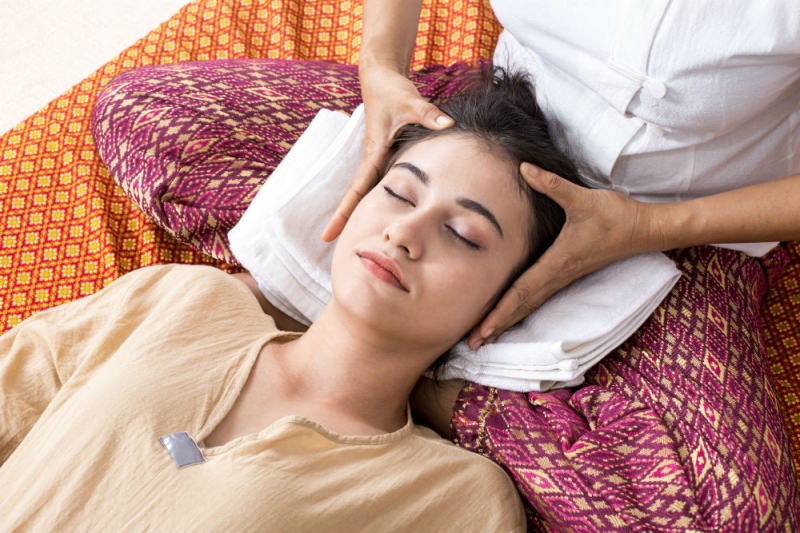
Thai massage was once taught only in the local language. Today, anyone can get basic knowledge – schools operate in English (and some in Russian) according to standard schemes with class schedules, teachers, textbooks and exams. Successful students receive certificates.
It is better to choose a school from those that have state accreditation. Amateur courses last from 5 days to two weeks, and professional courses last at least a month.
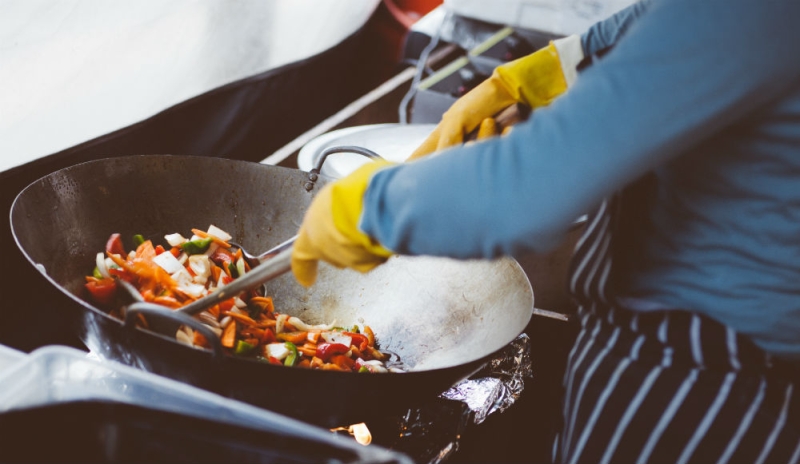
Learn Thai cuisine
Cooking courses in Thailand are available in all popular tourist destinations, but different regions of the country have their own specifics. In the north, less spicy dishes are prepared, often using pork. In the southern regions, where a large Muslim population lives, spicy chicken and seafood dishes are common. Almost every school adapts a program for vegetarians.
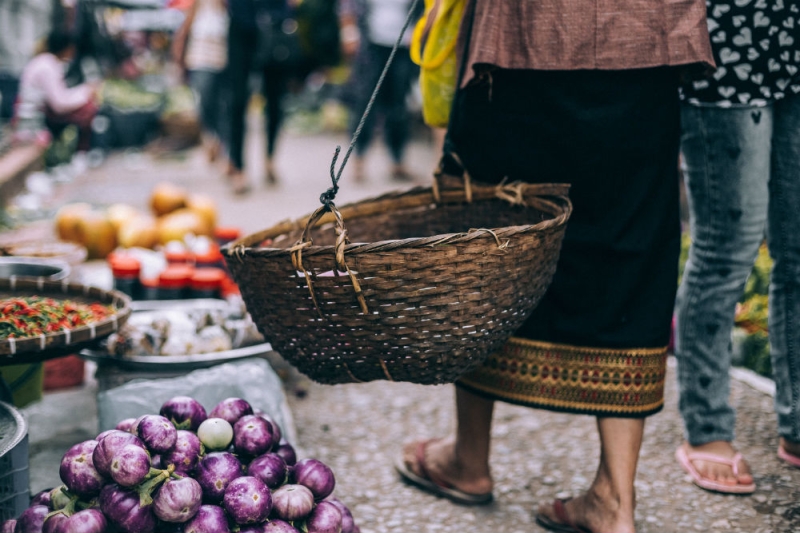
The courses teach you not only how to cook, but also how to choose the right products – for this you will be taken to the local market. Thai chefs pay special attention to spices and herbs. Thanks to them, Thais prepare a large variety of dishes from a simple set of products (rice, noodles, seafood, chicken, meat). Each dish should have a harmonious combination of five basic tastes: heat from chili peppers or curry, sweetness from coconut milk, acidity from lemon, lemongrass or lemongrass, bitterness from fresh herbs.
One-day express culinary courses are common in tourist areas. During this time, you will go to the market to buy groceries and learn how to cook five popular dishes, which usually include Tom Yum soup, fried rice and noodles, several types of curries and papaya salad. But there are also more professional courses lasting 5-7 days.
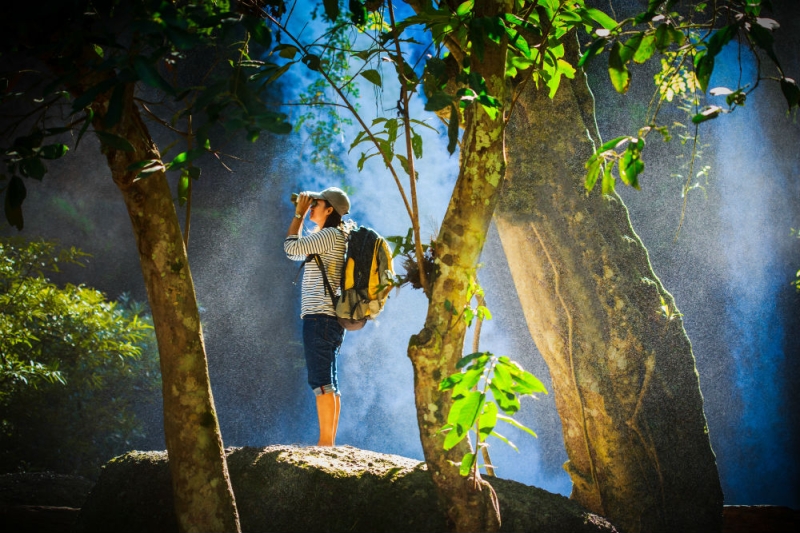
Go trekking through the jungle
Trekking through the jungle of Thailand is an affordable and safe entertainment if you don’t get into the thickets of vines and huge ficus trees. Popular national parks have signposted trails. Most often they do not exceed 20 kilometers. There are cafes, hotels and bungalows near the national parks. You can get there by public transport or rented bike. If you want to go deeper into the jungle away from the paved paths, it is better to contact travel agencies that will provide a guide and tents.
In the southern regions of the country, the most popular national parks are Khao Sok in Surat Thani province, Sirinath in Phuket, Khao Phanom Bencha in Krabi province. Here you can find thickets of lianas, banyan trees with powerful roots entwining everything in their path, lakes with lotuses, mangroves, mountain rivers, canyons, caves and rocks, and if you’re lucky, gibbons and deer. But be prepared – even on hiking trails near bodies of water there is a risk that leeches will attach themselves to your feet. It’s not dangerous, but it’s not very pleasant. Therefore, in the jungle you need to wear sneakers and pants, which are best tucked into socks.
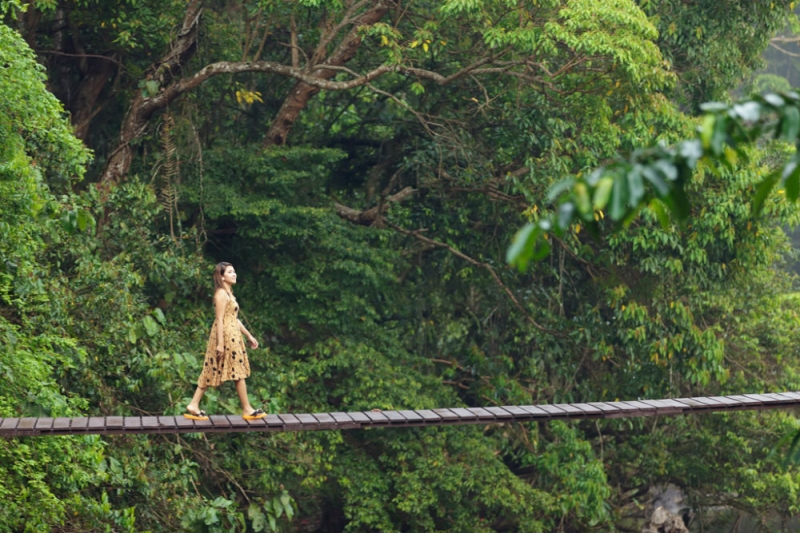
In the north of the country there are popular national parks – Doi Inthanon, famous for the highest mountain peak in Thailand (2,565 meters above sea level),
and Oluang National Park.
Trekking starts from the cities of Chiang Mai, Chiang Rai and Mae Hong Son by public transport, bike or with travel agencies. In the north, tour companies like to offer organized tours to parks that include visits to “lost in the jungle” ethnic tribal villages. For example, the Padaung tribe, which has a custom of stretching the necks of women using metal hoops. But most likely you will be brought to a village full of tourists and shown a performance that has little in common with reality. Consider whether you want to pay for it.
When choosing a travel agency, pay attention to whether it has a TAT (Tourism Authority of Thailand) license. The minimum price for a quality group tour to the jungle starts from 1000 baht per day. If you are offered a tour at a hotel, most likely these are intermediaries who will have to pay interest. It’s better to take a walk along the main street of the city and find the direct organizers.
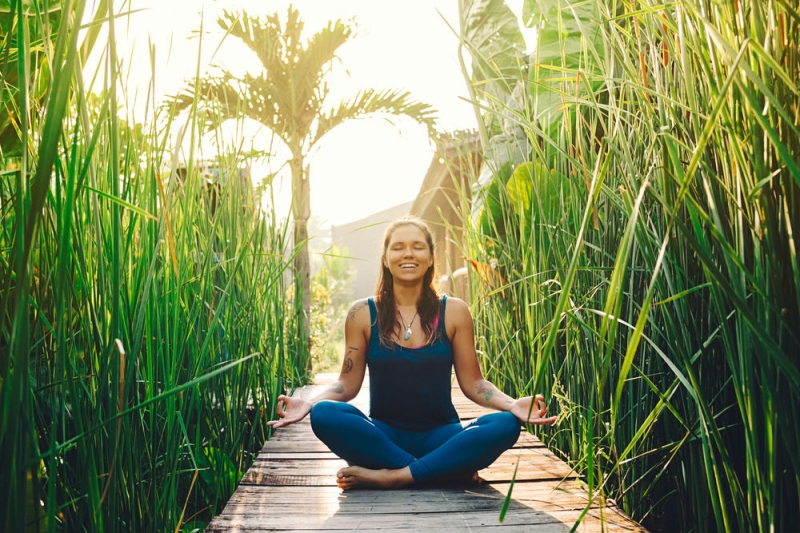
Learn meditation in a Buddhist monastery
There are several Buddhist monasteries in Thailand that accept Europeans to teach meditation. The most accessible and therefore popular is Tam Wua Forest Monastery in the north of the country in Mae Hong Son province. This is an international Vipassana meditation center. It is believed that this is the same meditation that Gautama Buddha taught 2,500 years ago in India. Translated from the ancient Indian Pali language, Vipassana means seeing things as they really are. That is, without the prism of one’s own emotions.
Tam Wua is one of the few meditation centers that accepts without prior registration. You can come here at any time and for any time. Accommodation and vegetarian meals are free. At the end of their stay, students leave a donation – as much as they can or see fit. It is on donations that the monastery exists and receives guests.
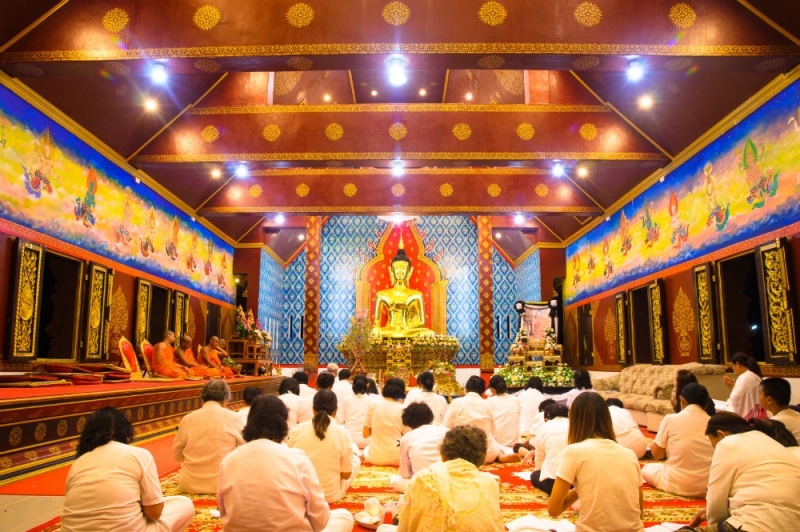
Meditation in the monastery takes up most of the time: three times a day for about two hours. Before the start of meditation, the monks give lectures in good English, and in the evening they sing songs in the ancient Indian Pali language together with the students. Between meditations, students help with monastic affairs (most often, sweeping leaves),
read (the monastery has its own library with books in a variety of languages),
doing personal business or just walking. The territory of the monastery is large and very beautiful: flowering trees, lawns, rocks, caves, ponds with large carps, a mountain river.
You can stay in the monastery for any time, but the monks recommend spending at least 10 days with them to feel the effect of meditation.
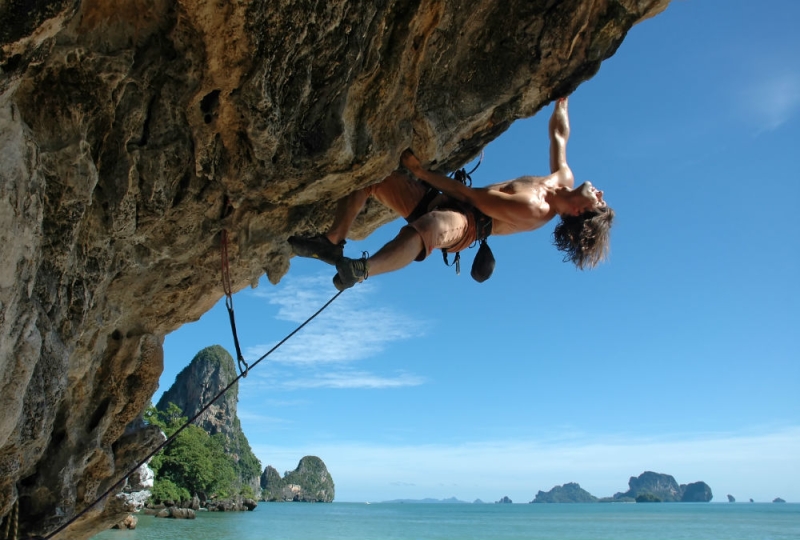
Go rock climbing with an instructor
A place of attraction for rock climbers from all over the world is the Ton Sai Peninsula in Krabi province. On the shores of the Andaman Sea, a compact area accommodates more than 500 rock routes of varying difficulty levels, with rich relief: from flat walls to winding passages and huge hanging stalactites. The varied terrain made it possible to create many simple routes for those who have never tried this unusual sport. Right under the rocks there are rock climbing schools that offer instructors and equipment for rent to everyone.
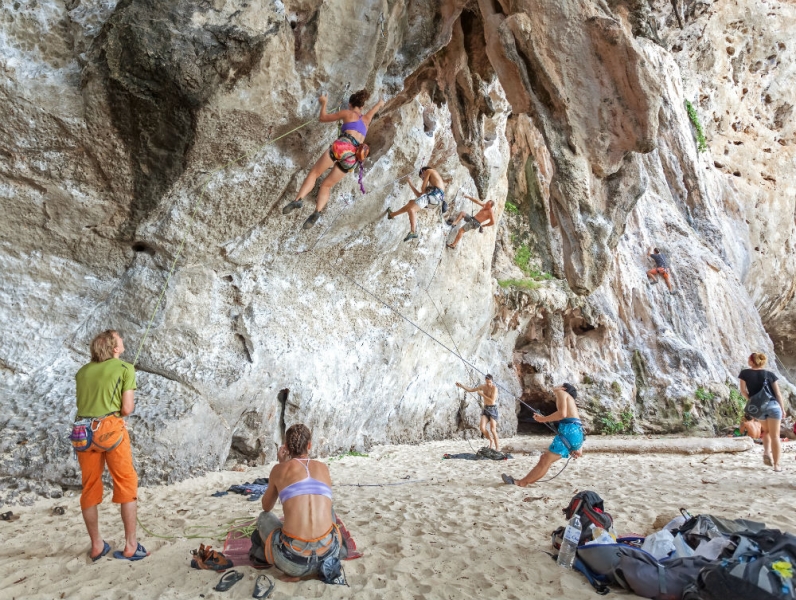
Classes take place early in the morning and in the afternoon until dark (it gets dark in the tropics at 6 p.m.). The rest of the time you can walk around the peninsula, explore a mountain lake or caves, swim on the nearby beaches with white sand and azure water – Railay and Pranang. The latter is considered one of the most beautiful in Thailand – powerful rocks hang over the water, forming many grottoes.
In the evenings, the sporty Ton Sai turns into a party place – numerous bars and fish restaurants open, one fire show gives way to another, and between the palm trees climbers practice balance on slakelines.
Text author: Daniya Gaisina

